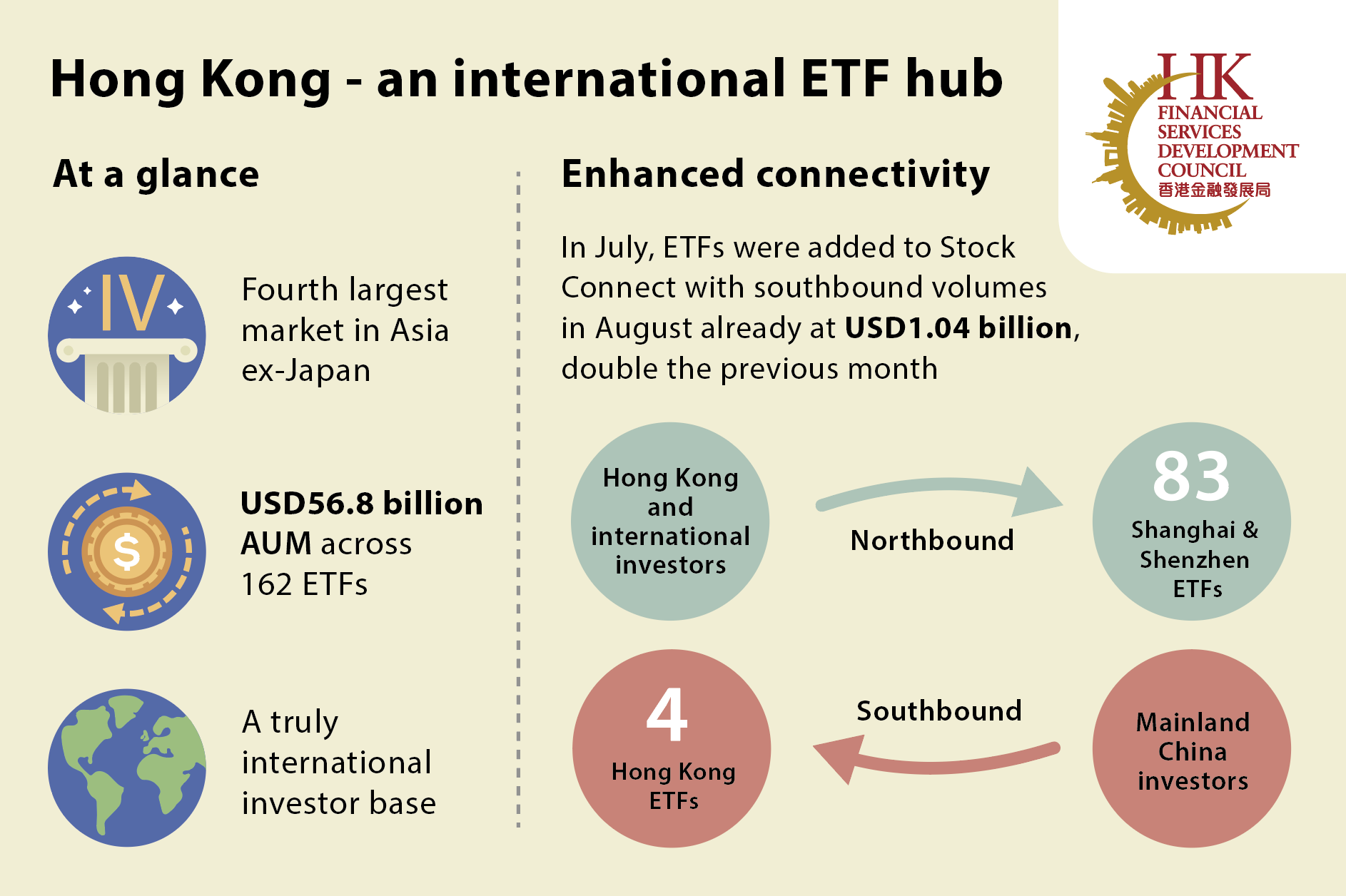Friends, followers, let’s cut straight to the chase. Today’s trading volume on the Shanghai and Shenzhen exchanges – a measly 914.7 billion yuan – is downright alarming. This is the lowest we’ve seen since the frantic ‘924’ rally of last year. Remember that one? A desperate attempt to prop things up.

To put it in perspective, just a few weeks ago, on January 13th, we saw 967 billion yuan traded. A significant drop in such a short period isn’t just a wobble, it’s a signal. We need to be paying very close attention.
What does dwindling liquidity mean? It means fewer people are willing to put their money at risk. It means the market is losing momentum. It exposes the underlying weakness, papering over the cracks gets harder.
Let’s break down why this is happening, and what it tells us about the current market sentiment.
Understanding Market Liquidity:
Liquidity, at its core, represents how easily an asset can be bought or sold without impacting its price. High liquidity implies a robust market, inviting participation. Conversely, low liquidity indicates dwindling investor confidence and potential instability.
The Significance of Transaction Volume:
Daily trading volume, like the one we’re discussing, is a barometer of market activity. A decline suggests subdued investor appetite, possibly triggered by economic uncertainties, policy shifts, or simply profit-taking.
Historical Context – The ‘924’ Rally:
The ‘924’ rally, a government-backed effort to stimulate the market, temporarily boosted trading volumes. Its subsequent failure to sustain momentum highlights the inherent challenges of artificial intervention.
Implications for Investors:
Decreased liquidity can exacerbate price swings. Reduced trading activities make it harder for investors to enter or exit positions quickly, creating a volatile environment. This isn’t the time for complacency. Be extremely careful with your positions. Be ready to cut losses. Don’t chase rallies. This is a moment for caution, not speculation.





